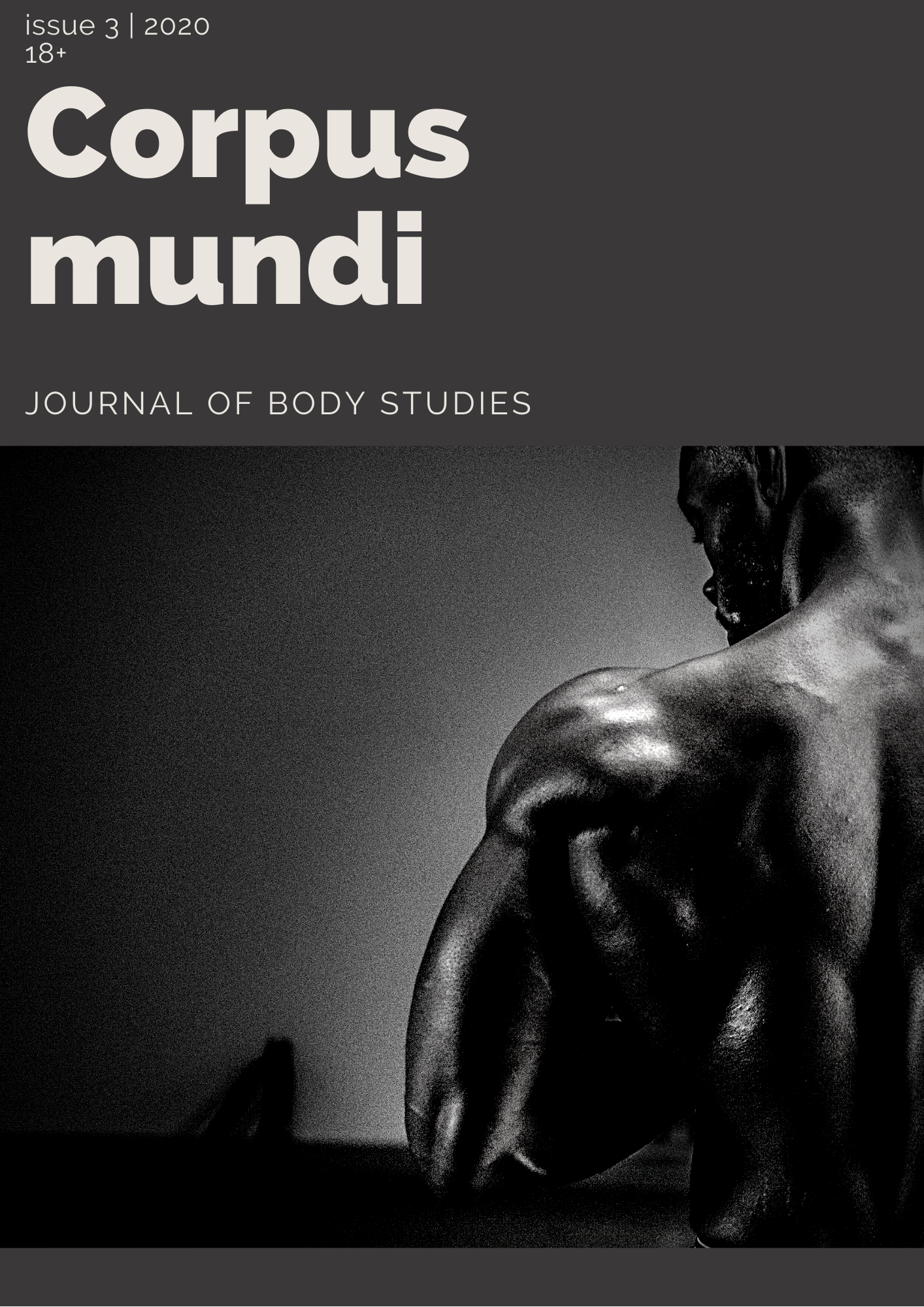Abstract
Basing on the German epic poem “The Nibelungenlied” and European folk tales, authors of the article single out the story of a bride left nearby her groom’s house. Characteristic features of this story are explained as originating from a ritual myth which used to codify the rites of the exogamic marriage. The bride in this plot is viewed as a shape-shifter whose bodily transformations reflect her origins from the Underworld and manifest her ability to kill. Changing the bodily form is thus representative of the evil powers and dangerous qualities of a being. The transformations of the bride’s body are only present in the most archaic forms of the plot, where her ability and proneness to kill are manifested straightforwardly – by assuming the image of a murderous animal. It’s possible to neutralize her harmful potency with the help of a wonderful assistant, the dead man who embodies one’s ancestor, or by performing certain ritual actions, creating special conditions under which the bride could change and become one of our own, safe for herself and her host family, rejecting all ties with the dangerous space of the Otherworld.
References
Afanasyev, A. (2012). Russian fairy-tales. The Planet: Illustrated Edition
Cooke, D. A. (Ed.) (2015). Delacroix Claire. An Elegy for Melusine: A Medieval Fairy Tale. Edition
Edwards, C. (Trans.) (2010). The Nibelungenlied. The Lay of the Nibelungs. Oxford University Press.
Graves, R. (2018). The Greek Myths: The Complete and Definitive Edition. Polirom.
Grimm, W. & Grimm, J. (2017). Complete Folk and Fairy tales. Wisehouse Classics.
Levi-Strauss, K (1994). Primordial thinking. M: Republic.
Mittnik, A. et.al. (2019). Kinship-based Social Inequality in Bronze Age Europe. Science, 366(6466), 731-734.
Morgan, L. H. (1944). Ancient Society. Calcutta: Bharti Library.
Sarakaeva, A., Lebedeva, I. & Frolova Y. (2015). The Ritual and Mythological Origins of the Lay of Brunhild. In The Seventh International Conference on Eurasian Scientific Development (pp. 25-30). Vienna.
Sarakaeva, A.A. & Lebedeva I.V (2018). The role of the treasure (Horde) in the medieval German epos "Song about the Nibelungs". In Modern Studies in Linguistics, Literature and Culture. Collection of scientific papers on the materials of the I International Scientific Conference. May 31, 2018. Collection of scientific papers on the materials of the I International Scientific and Practical Conference (pp. 26-36). Moscow
Sarakaeva, E. (2017). Nibelungs on the margins: transformation of the Nibelungen legend in the folklore of German-Scandinavian frontier. Journal of frontier studies, (1), 76-94.
Sigmundsdottir A. (2019) Icelandic Folk Legends: Tales of apparitions, outlaws and things unseen. Little Books Publishing.
The Elder Edda (2011). The Book of Viking Lore. Penguin Classics
Thynell, U. (Ed.) (2019). Nordic Tales: Folktales from Norway, Sweden, Finland, Iceland, and Denmark (Nordic Folklore and Stories, Illustrated Nordic Book for Teens and Adults). Chronicle books.
Tylor, E. (1889). On a Method of Investigating the Development of Institutions etc. Journal of the Anthr. Institute of Gr.Br. a. Ireland (XVIII).

This work is licensed under a Creative Commons Attribution 4.0 International License.

